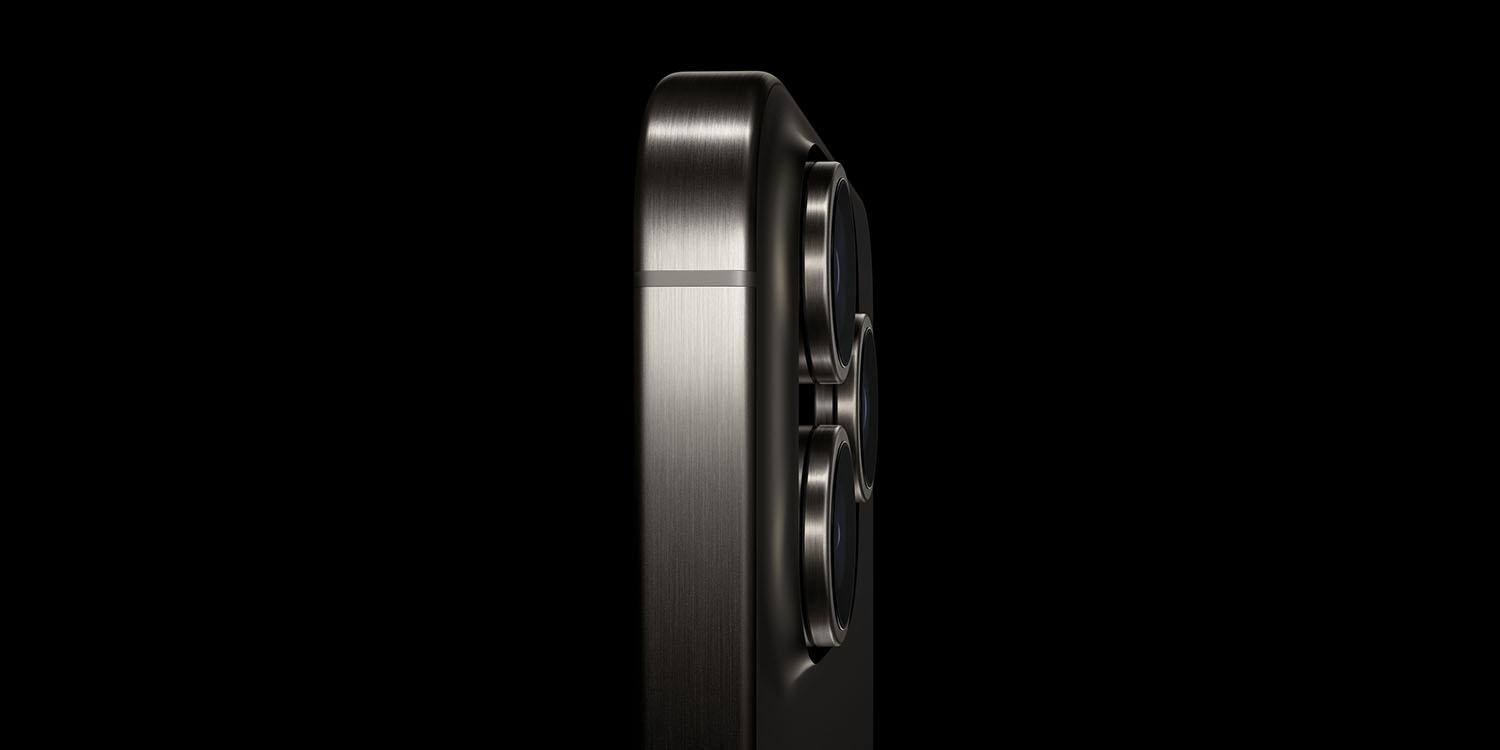
The iPhone 15 Pro Max stands out from the other models in this year’s lineup mostly because of the periscope lens, which extends last year’s 3x optical zoom to 5x this year. But Samsung’s main competing phone – the Galaxy S23 Ultra – offers 10x optical zoom. Why doesn’t the latest flagship iPhone do the same?
Apple says there are three reasons for this. Of these, I’d say one is weak, one moderately persuasive, and the third is a killer argument …
Apple presented its case to French website Numerama, in an interview with Jon McCormack, vice president in charge of photo software engineering, and Maxime Veron, senior director of iPhone marketing.
People hardly ever use 10x zoom
The weakest of the three arguments made is that it’s an unusual focal length to use.
“If you look at the history of photography, the magic beach is the 24-70 lens. You see the world expansively and closely.” Apple would prefer to offer excellent x0.5, x1, x2 (digital) views, rather than allow you to go too far without closer focal lengths, when they are used most of the time.
To be clear, Apple is absolutely right about that. A 10x zoom on a DSLR would be a 240 mm lens*, and that’s not something most photographers even own, let alone use on a regular basis. The company is also correct that the 24-70 mm lens is the most popular DSLR zoom, and the one that stayed attached to my cameras 95% of the time.
*A previous version of this post mistakenly had 120mm instead of 240mm – was thinking 240, but my fingers were clearly more focused on Apple’s 5x 120mm number …
But that in itself isn’t a reason not to offer 10x zoom. And there’s an additional factor where cameraphone lenses are concerned: shallow depth of field. The smaller the sensor, the longer the lens you need to generate the optical bokeh you ideally want for portrait photos – and in this respect, a 10x optical zoom on an iPhone is not overkill.
Sure, the iPhone’s artificial bokeh is massively more convincing than it used to be, but optical still trumps digital.
10x optical zoom is hard to stabilize
This is a more solid argument.
The x5 zoom is something we can stabilize incredibly well. If you look at the x10 zoom, unless you have the most stable hands in the world or a tripod, it’s really difficult to use. When we think about creating a feature, we always ask ourselves “who will use it?”
Even using a DSLR lens with sophisticated optical image stabilization, you’re most likely going to put the camera on a tripod – or at least a monopod – for a 240 mm shot.
Aperture trumps zoom
Top comment by coder543
A 10x zoom on a DSLR would be a 120 mm lens
Apple has stated pretty clearly that "5x" in their parlance is equivalent to 120mm... so 10x would be 240mm, not 120mm. The "1x" lens is a 24mm-equivalent lens on the iPhone Pro phones these days.
But Apple’s best pitch, and the one I consider the killer argument in this case, is that limiting the phone to 5x optical zoom allows for a much larger aperture lens.
Our zoom opens at f/2.8, which allows us to obtain excellent light management.
This compares to the f/4.9 aperture on Samsung’s S23, which is a huge difference. Again, if you look at the DSLR world, a wide aperture is what makes the difference between a long lens costing hundreds of pounds and an identical-reach one costing many thousands.
So yep, give me a choice between 5x optical zoom at f/2.8 and 10x optical zoom at f/4.9, and I’ll take the former every time.
Interview spotted by MacRumors
FTC: We use income earning auto affiliate links. More.





Comments